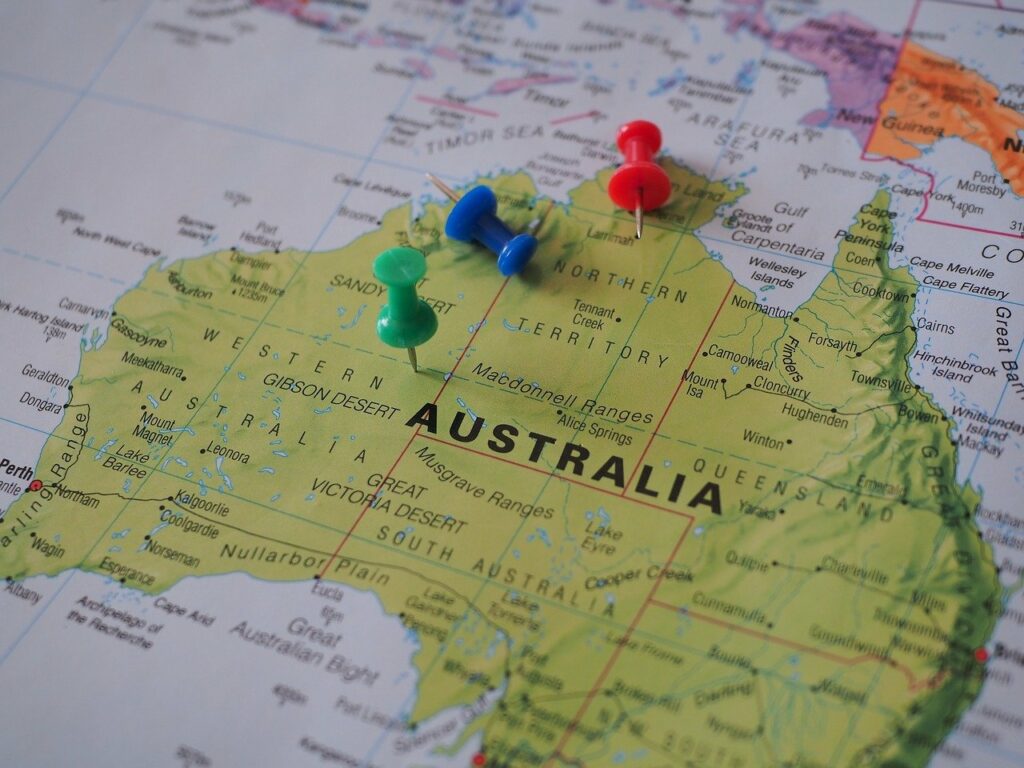An Australian study has highlighted the country’s potential in meeting energy storage needs through a combination of pumped hydro and batteries.
As the global demand for renewable energy sources continues to rise, the need for effective storage solutions becomes increasingly important. This study provides optimism for Australia’s capacity to transition to a more sustainable energy future by employing these two storage methods.
Pumped hydroelectric storage works by moving water between two reservoirs at different elevations. When there is a surplus of energy, water is pumped to the upper reservoir, and when the demand peaks, the water is released back down, generating electricity. This method offers a large-scale solution to storing energy over long periods.
Meanwhile, battery storage technology has rapidly advanced, providing efficient and quick response energy storage. Unlike pumped hydro, battery systems are scalable and can be deployed in various settings, from small-scale residential to large-scale utility projects. Batteries are particularly useful for balancing supply and demand over short durations.
The study suggests that combining pumped hydro and battery storage can provide a robust and flexible energy storage solution. Pumped hydro provides long-term stability, while batteries offer fast-reacting support to manage fluctuations in energy supply and demand. Together, these technologies can enhance the reliability and efficiency of renewable energy systems.
Implementing these technologies can lead to significant environmental benefits by reducing reliance on fossil fuels and lowering carbon emissions. Economically, the development of energy storage infrastructure can create jobs and foster technological innovation. Additionally, as renewable energy sources become more prevalent, the costs associated with energy storage solutions are expected to decrease, making them more accessible.
Stay updated on the latest in energy! Follow us on LinkedIn, Facebook, and X for real-time news and insights. Don’t miss out on exclusive interviews and webinars—subscribe to our YouTube channel today! Join our community and be part of the conversation shaping the future of energy.
